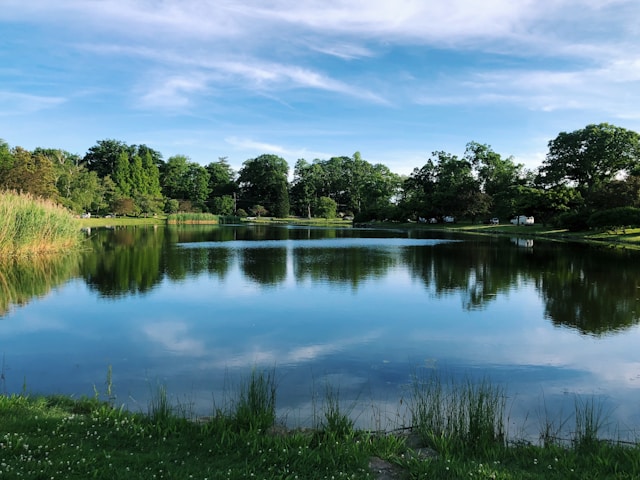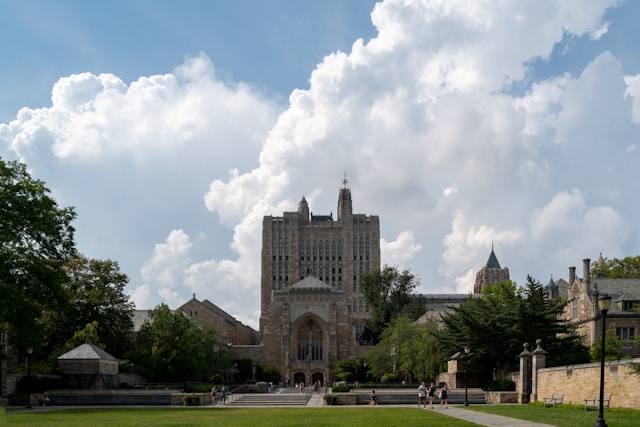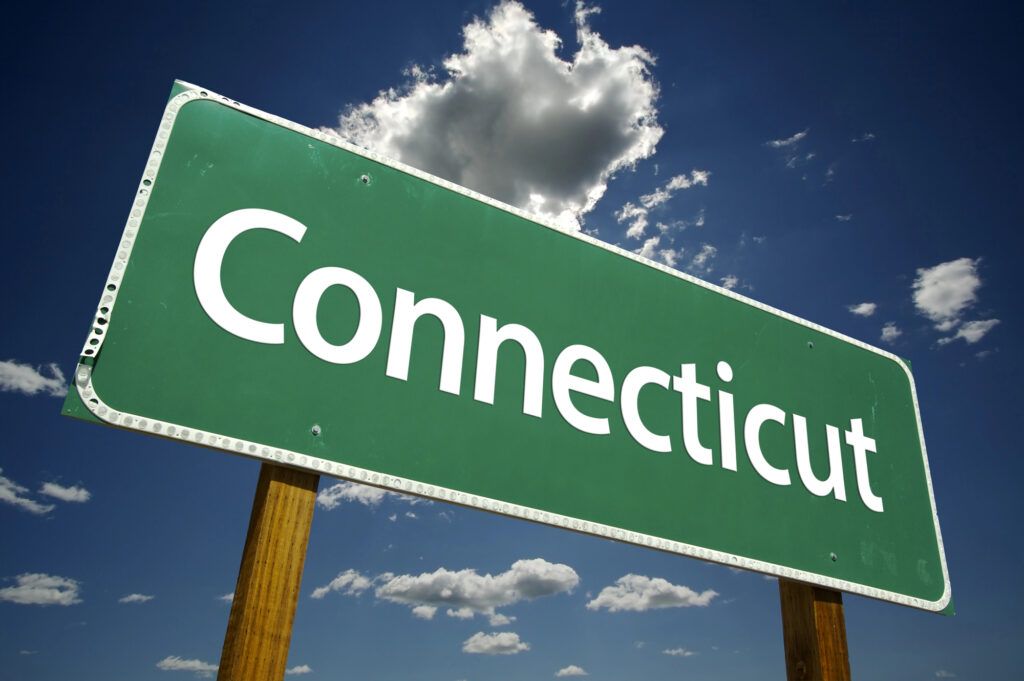Connecticut’s transportation future might soon look very different. Developer Steve Shapiro wants to revive a century-old plan for a bridge linking Long Island to Connecticut.
This idea, which some folks call a “game-changer” for the region, would stretch about 14 miles. It could cut driving times and take pressure off New York City crossings like the Whitestone and Throgs Neck Bridges.
Explore top-rated stays with no booking fees and instant confirmation. Your dream trip starts here!
Start Exploring Now
But let’s be real—opposition is fierce on both sides of the Long Island Sound.
The Long Island–Connecticut Bridge Proposal
Shapiro’s vision isn’t exactly new. Proposals like this go back to the 1930s, with a big push in the 1950s by urban planner Robert Moses for an Oyster Bay–Rye bridge.
Those older efforts fizzled out. Locals fought back, worried about the environment and the impact on their towns.
This time, the focus lands on the Port Jefferson–Bridgeport route. That corridor feels more doable, since ferries already connect it and the geography just kind of works.
Historic Roots and Failed Attempts
People studied tunnels under the Sound in the 1980s and 2000s. Technically possible? Sure. But the price tag was wild.
Former New York Governor Andrew Cuomo even ordered a 2017–2018 study. It estimated the cost between $31 billion and $55 billion, and the idea got scrapped over money and environmental worries.
Local Pushback from Both Shores
Shapiro says the bridge could make travel easier for Connecticut cities like Bridgeport, Stamford, Norwalk, and New Haven. But on Long Island, especially in Oyster Bay, Oyster Bay Cove, and Locust Valley, folks aren’t happy.
Local leaders fear highway expansion, losing homes, and more traffic jams.
Concern Across Connecticut Communities
On the Connecticut side, residents in Fairfield, Milford, and Greenwich are nervous about heavier traffic, noise, and damage to the coast.
Many argue the environmental cost to the Long Island Sound and wetlands just isn’t worth it.
Benefits Advocates See
Supporters see a bunch of regional upsides:
- Travel between Long Island and Connecticut cities could get a lot faster.
- Existing NYC bridges might finally get a break.
- Ports and businesses in Bridgeport, New London, and Stamford could connect in new ways.
- Evacuation routes in emergencies would improve.
The “Game-Changer” Argument
Shapiro pitches the bridge as a bold fix for the never-ending congestion along I-95. He points to those Hudson and East River bottlenecks—maybe this is the answer?
Supporters think it could open up new ways to commute and move freight, possibly making the tristate economy a bit stronger.
Alternative Solutions for Regional Congestion
Some local leaders suggest other options, instead of betting everything on one massive project:
- Build up north-south transit corridors in Nassau County.
- Expand commuter rail for towns like Darien and Westport.
- Invest in electric buses for Bridgeport, Stamford, and New Haven.
- Make ferry service across the Sound better to supplement crossings we already have.
The Road Ahead for Connecticut’s Role
For Bridgeport, New London, and Norwalk, the Port Jefferson–Bridgeport idea could reshape things in a big way.
But with environmental reviews, tight budgets, and vocal community opposition, it’s clear the road ahead won’t be easy.
A Balancing Act Between Innovation and Preservation
Connecticut’s coastal communities treasure the ecological beauty of the Sound. From Milford’s beaches to Greenwich’s harbor, folks here genuinely care about what happens next.
Any project of this scale means weighing the promise of better mobility against the need to protect natural resources. That’s not easy—especially with something as ambitious as a bridge plan.
Right now, nobody really knows if Shapiro’s revived bridge idea will end up forgotten or actually spark a new era for the region. It’ll probably come down to whether people can build consensus and stay committed to sustainable design. That’s a tall order.
For now, Connecticut residents and Long Island neighbors should probably expect some heated debates in town halls from Stamford to New London. This decades-old idea is suddenly back in the spotlight, and everyone’s got an opinion.
—
If you want, I can also suggest **targeted SEO keywords and meta descriptions** to help this post rank locally in Connecticut transportation news searches. Would you like me to do that?
Here is the source article for this story: Editorial: Transportation ideas for Nassau, good and bad
Find available hotels and vacation homes instantly. No fees, best rates guaranteed!
Check Availability Now









